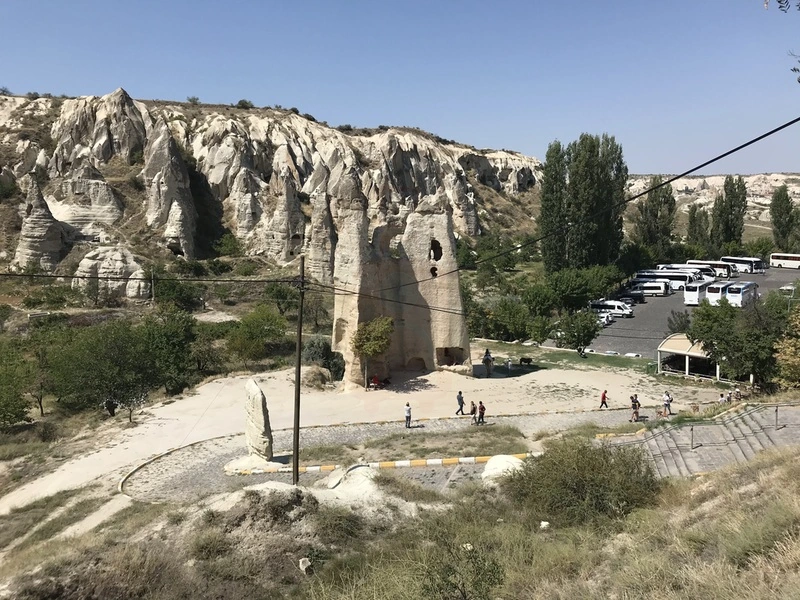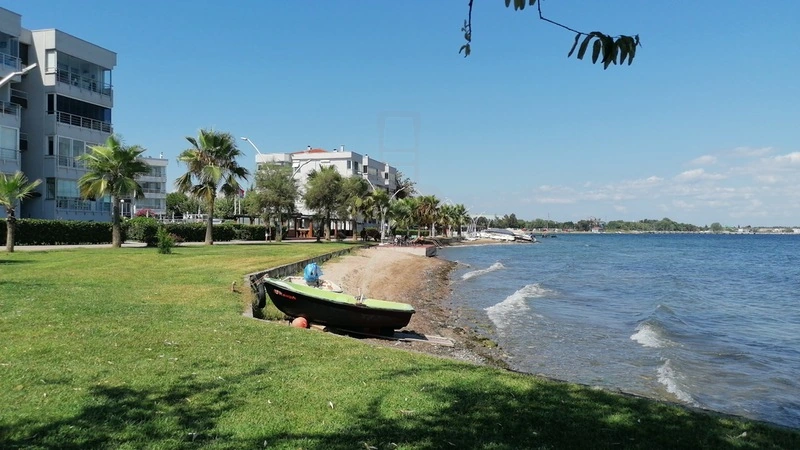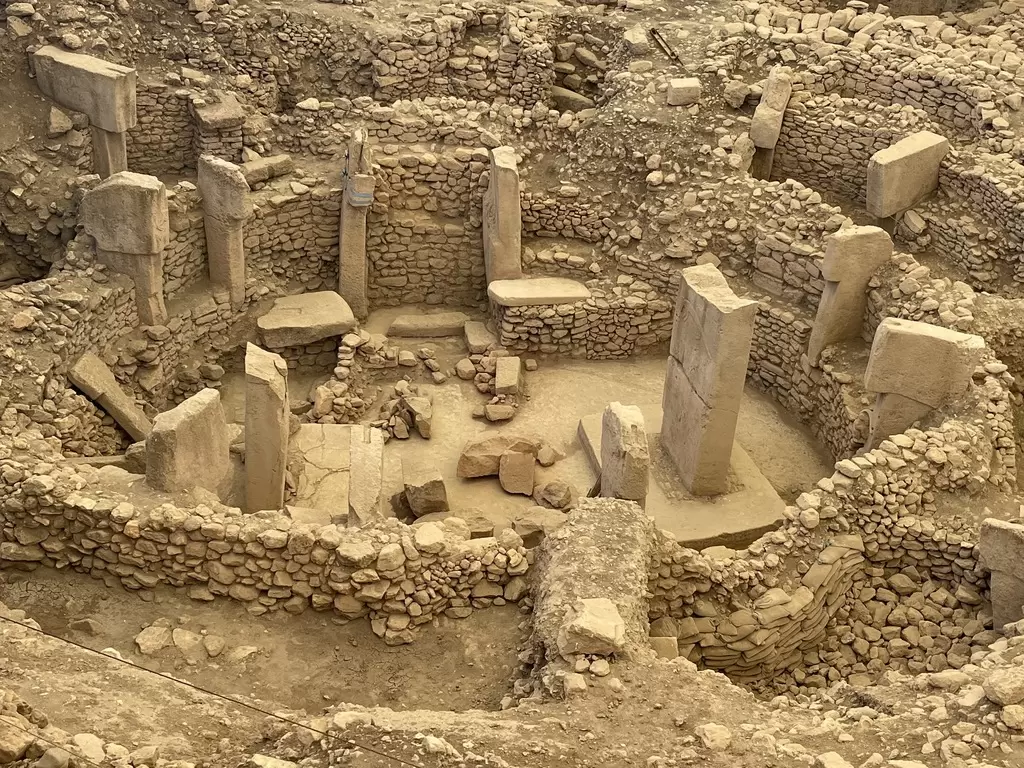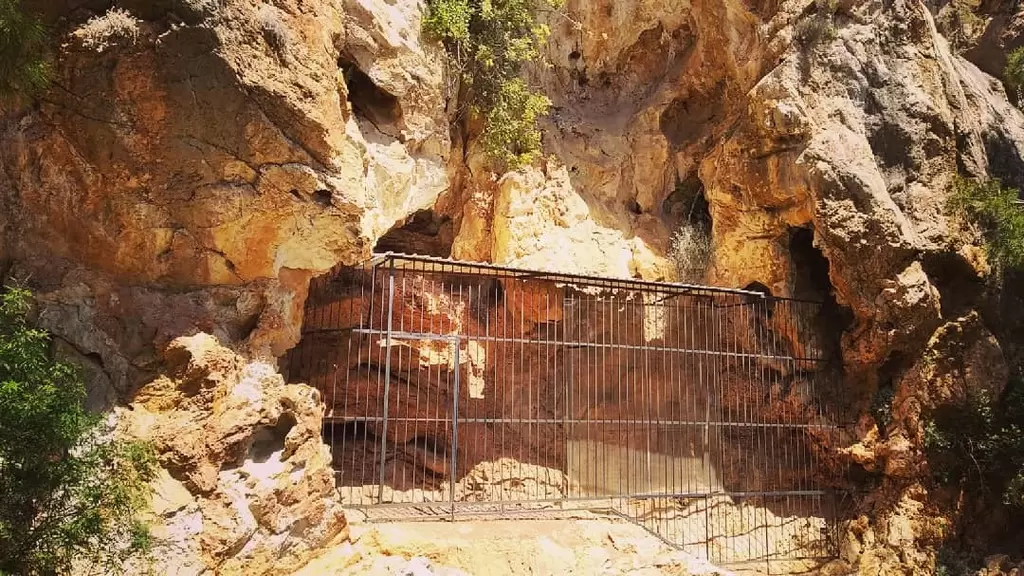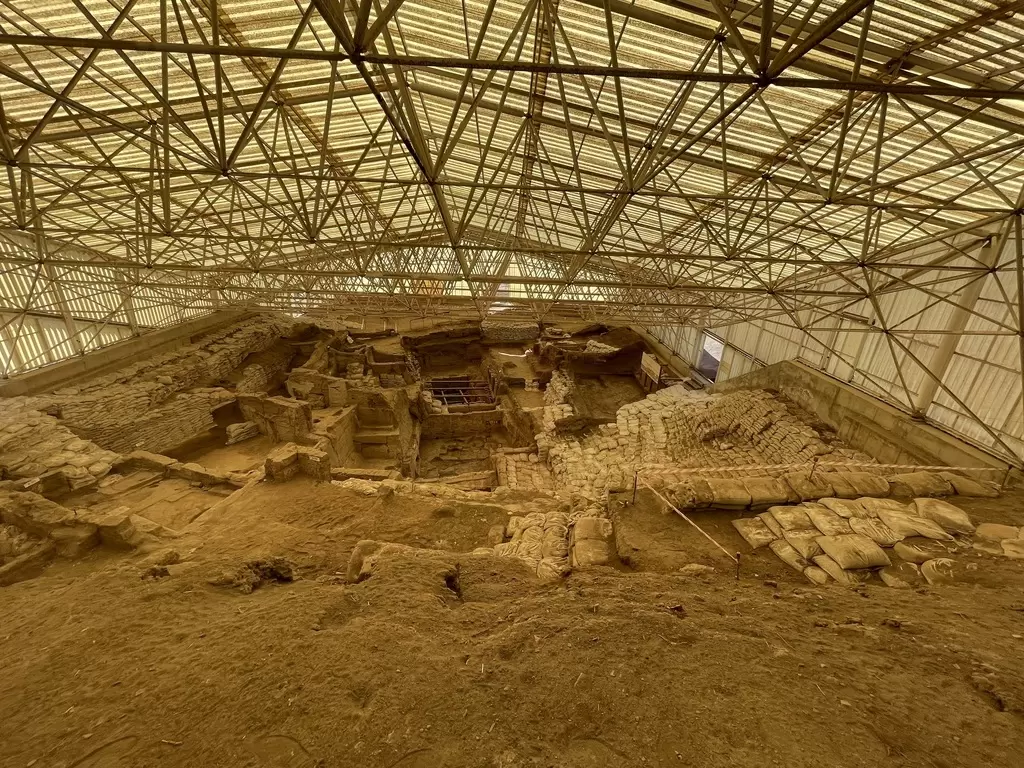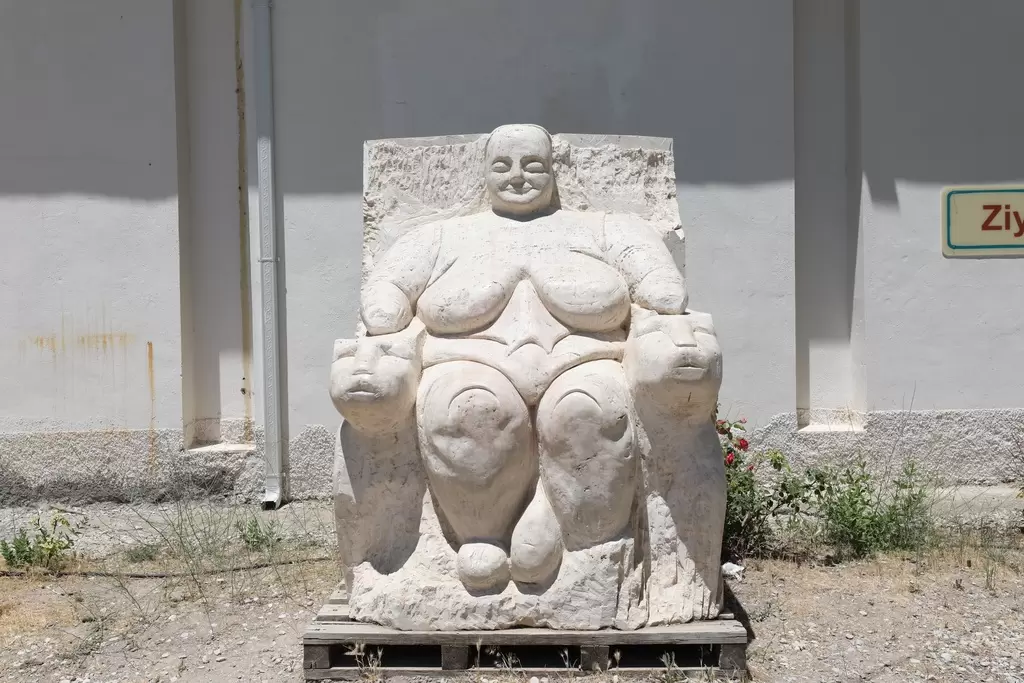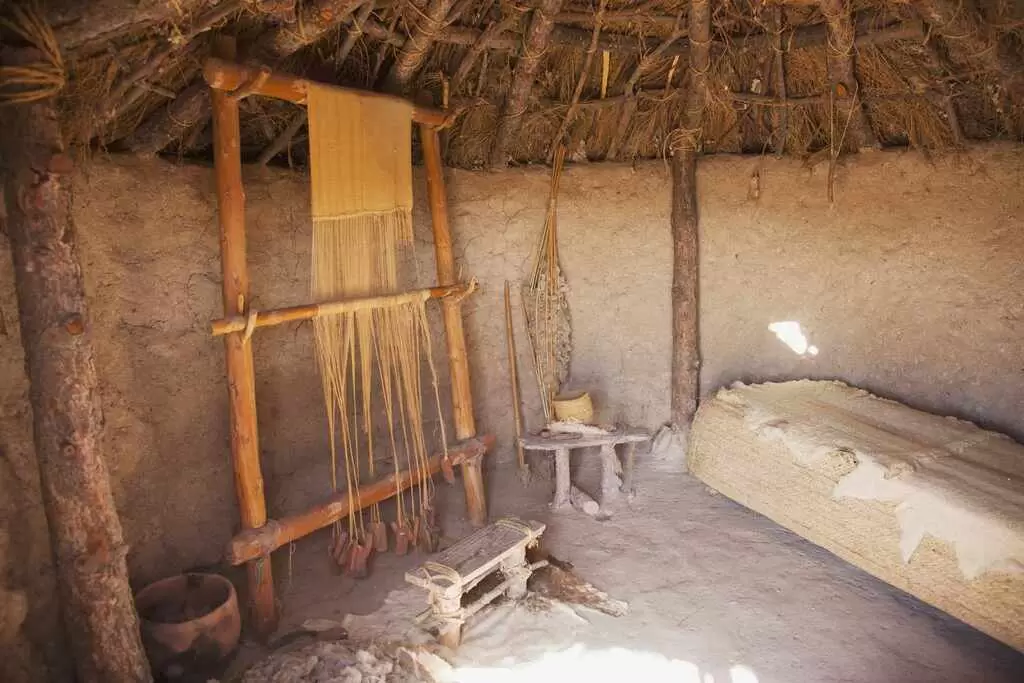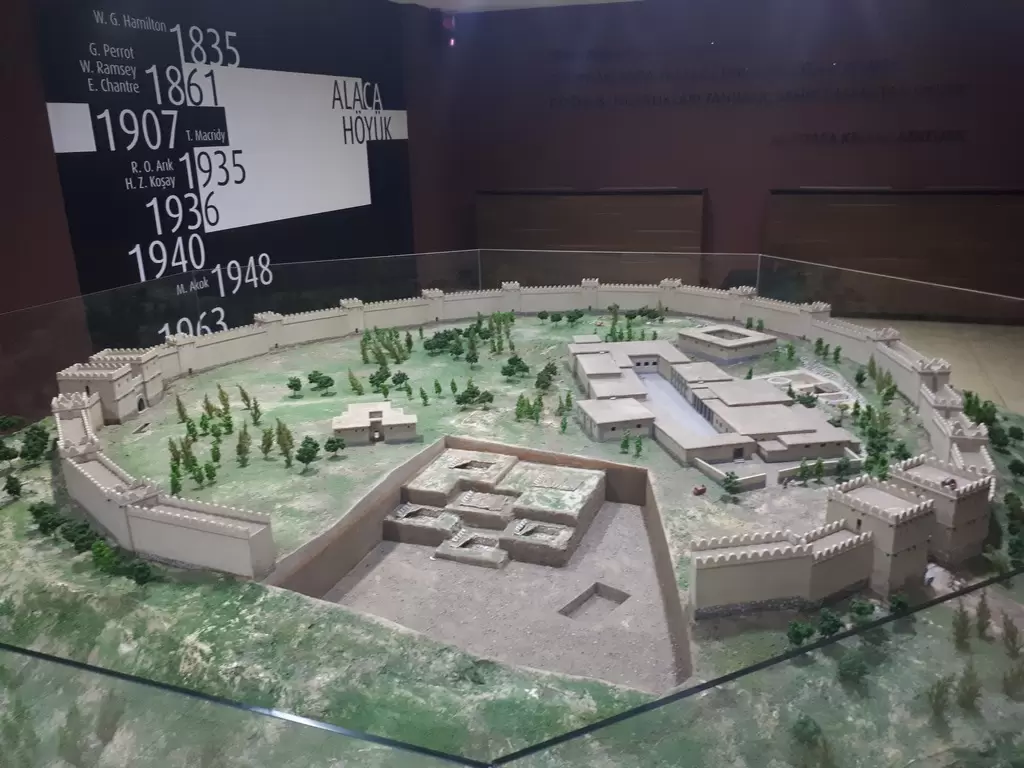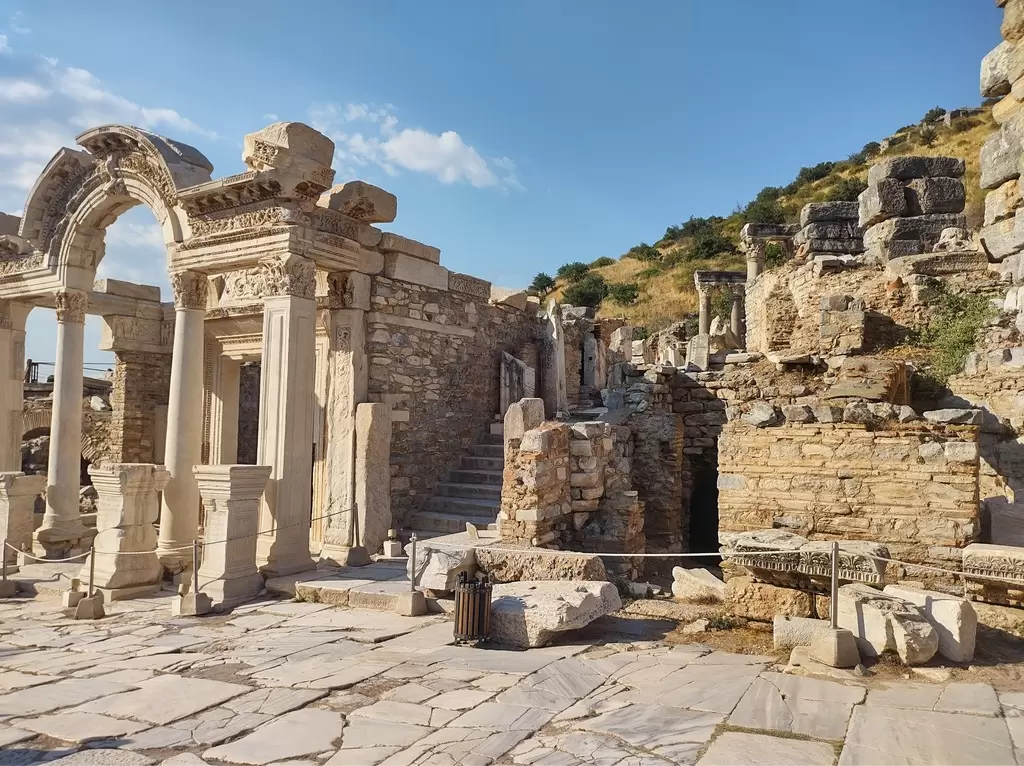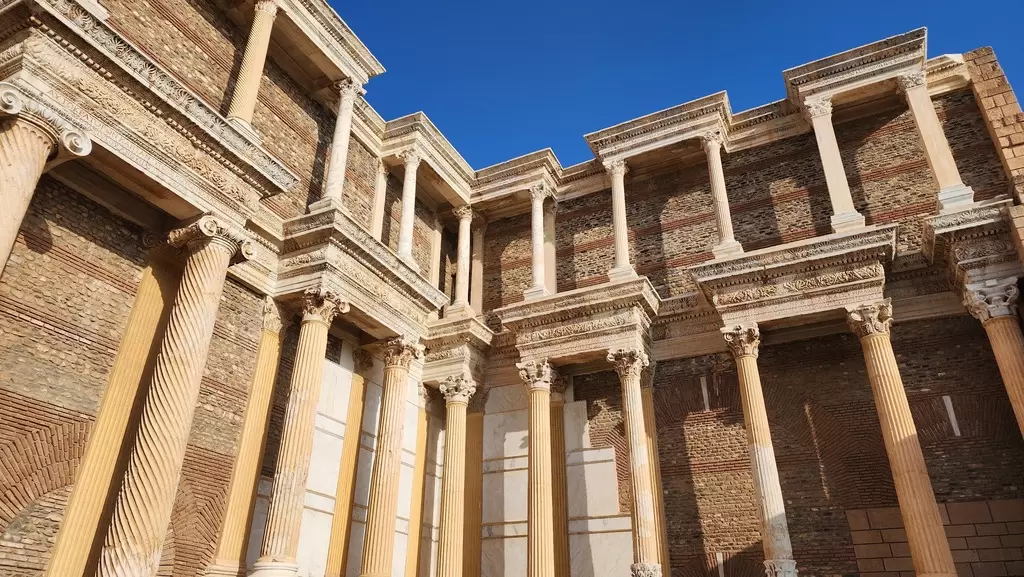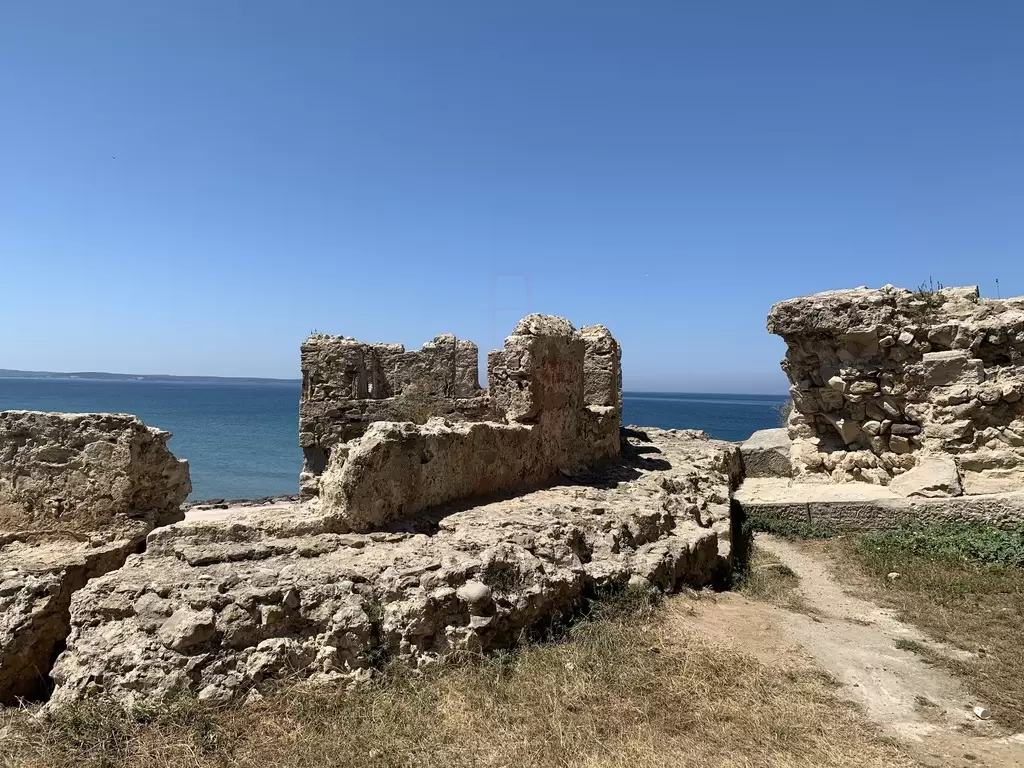
The Mesolithic period in Anatolia, spanning approximately 10,000 to 7,000 BCE, represents a significant transitional phase between the Paleolithic and Neolithic eras. This period is characterized by the adaptation of human communities to the dramatic climatic changes following the last Ice Age, leading to a shift in lifestyle and subsistence strategies.
As the environment warmed, forests expanded, and new ecosystems emerged, Anatolian societies began to exploit a broader range of resources. Archaeological sites such as Çatalhöyük, Aşıklı Höyük, and Hoca Çeşme reveal insights into the lives of Mesolithic people. These sites show evidence of semi-sedentary communities that practiced a mix of hunting, gathering, and the early stages of plant cultivation.
The tools of the Mesolithic period became more sophisticated and specialized. Microliths, which are small, flint blade tools, were commonly used in various ways, including as arrowheads and barbs, indicating advancements in hunting techniques. The presence of ground stone tools, such as axes and mortars, suggests a shift towards more intensive resource management and processing of plant materials.
Social structures also began to evolve during the Mesolithic. Communities formed around water sources, such as rivers and lakes, which provided abundant resources. The development of semi-permanent settlements allowed for increased social interaction and cooperation among groups. Evidence of communal living, including shared spaces for cooking and gathering, points to a more organized societal structure.
Artistic expression continued to flourish during this time, with decorative items and simple art found at various sites. This suggests a growing complexity in cultural practices and social identity. The use of symbolism in art may indicate the beginnings of religious or spiritual beliefs.
The Mesolithic period laid the groundwork for the Neolithic revolution, as the gradual shift towards agriculture began to take shape. The domestication of plants and animals would soon transform the landscape of human societies, leading to the establishment of permanent settlements and the rise of complex civilizations.
Today, the Mesolithic heritage of Anatolia offers a fascinating glimpse into a pivotal time in human history. Visitors can explore archaeological sites and museums that showcase the artifacts and lifestyles of these early communities, providing valuable insights into the evolution of human society in the region.






